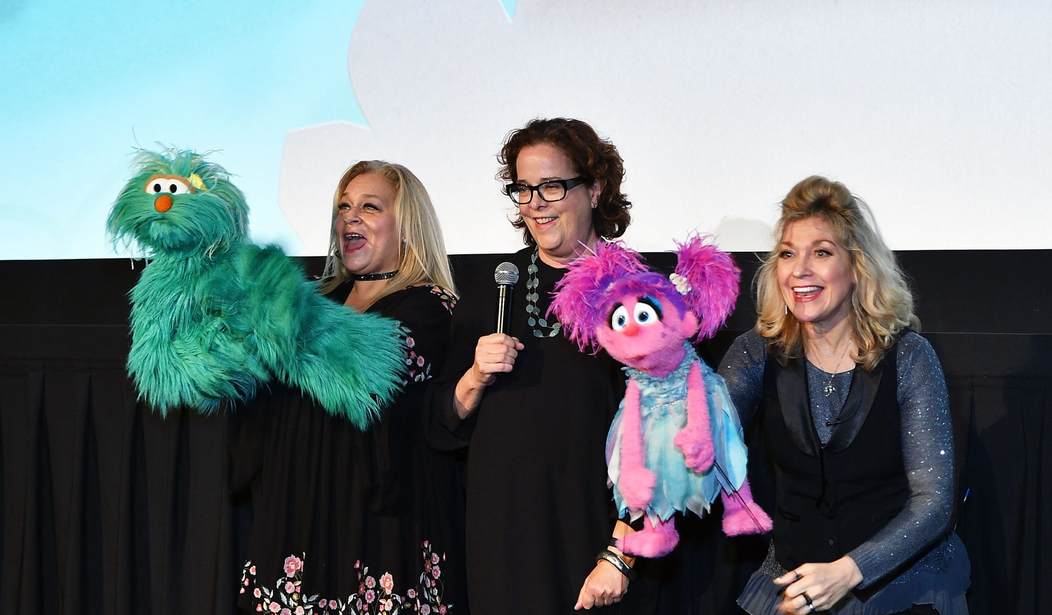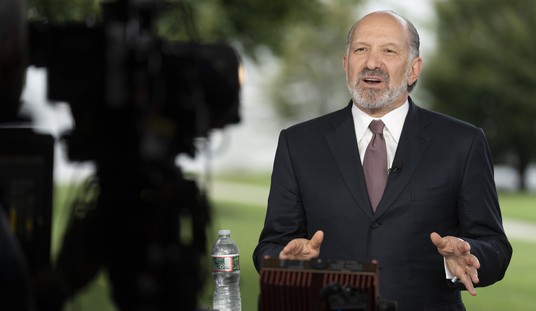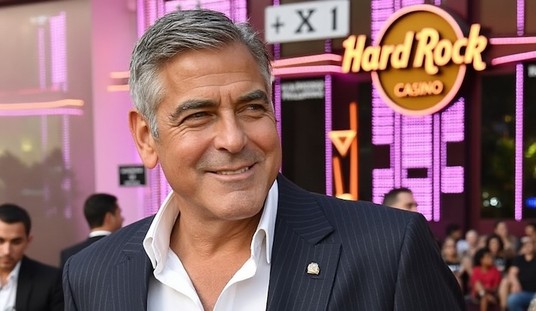Recently Iron Ladies’ Rachel Darnall penned an excellent piece on the absence of He-Man from Netflix’s She-Ra reboot, observing:
From a business point of view, Netflix is probably making the right choice: in this cultural moment, the combination of men and power has uneasy associations. “Powerful men” is a phrase you will hear frequently if you are at all tuned into the cultural conversation, and it is almost always in the context of some sort of abuse of that power. The entertainment industry’s simple solution to the problem of powerful men behaving badly has been to provide more media to the next generation that empowers girls, while quietly dis-empowering boys.
“Quietly dis-empowering” is the key phrase. It isn’t that She-Ra is a bad thing, it’s that He-Man simply doesn’t make an appearance in the show at all. Strange from a narrative point of view given that the two are twin siblings, the pointed decision tacitly drives home the message hardcore women’s liberators have been screaming for years: Men aren’t welcome here.
She-Ra is only the latest in a growing trend to intentionally dis-include the presence of boys in children’s media. The most infamous example is Sesame Street. The show began as the creation of a man with a largely male cast of puppeteers portraying a primarily male cast of muppets. Ask any viewer of “classic Sesame Street” and they’ll readily recall Cookie Monster, Grover, The Count, Big Bird, Telly Monster, Oscar the Grouch and perhaps even Elmo – all male characters. Who will today’s viewers name? Abby Cadabby, Rosita, and Zoe.
Elmo, the most pre-pubescent (read: effeminate) of the male gang is the primary boy on the show today. Even the show’s sole autistic muppet, Julia, is female despite the fact that the male-to-female ratio for autism spectrum disorder is 3:1. The Cookie Monster who used to sing, “Other things begin with ‘C’ but who cares about other things?” now figures into Sesame Street as a tool to teach self-control, presumably, of course, to boy viewers. The story of Cookie is the story of a male character being snipped of his snails and puppy dog tails in favor of more acceptable, more effeminate behavior.
The truth is that in the children’s media landscape there is little safe space for boys these days. Even male-dominated shows like Nickelodeon’s Paw Patrol and PBS’s Thomas the Tank Engine are coming under scrutiny for “sexism in the workplace.” The “girls can do it too” mentality of the ’90s has given rise to a much nastier “girls can do it instead” attitude. We aren’t just making space for girls at the table. We’re pushing boys out of their seats altogether.
Girls are now encouraged to play alongside boys on the sports field. They’re permitted to enroll in Boy Scouts despite having a scouting group distinctly their own. Girls are even encouraged to use boys’ restrooms if they so choose. Baby girls are encouraged to be fierce feminists. Little girls imitating feminist icons like Beyonce are learning how to manipulate their sexuality before they even fully understand it in the name of Girl Power.
Meanwhile, little boys are presumed to be “angry” and therefore must be conditioned from birth to be good human beings. Young boys who set up Instagram accounts instructing other boys how to apply makeup are given editorial coverage in the New York Times while their teenage counterparts are hired as consultants for cosmetic companies. Gender-neutral identification is the trend, with that neutrality appearing definitively female in nature. Sports icons are now praised for how they transition off the field instead of how they play on the field. The highest grossing action film of the year featured a female lead.
When Common Sense Media released their report on depictions of gender in children’s media in 2017, liberal media outlets jumped on what they felt to be evidence of gender bias towards men and boys in children’s media. However, these outlets failed to note that the study was funded and conducted by individuals who lay out a clear bias against “gender norms” in the report’s introduction. This, despite cited evidence indicating that media can only “reinforce” gender identity, not define it. They also note that the study is based on research materials “dominated by a focus on femininity and female stereotypes.”
So, what about boys? While the report continues to reiterate the conclusion that boys are far more prevalent in children’s media than are girls, a near-buried sidebar cites research indicating,
Conformity to gender stereotypes in early childhood tends to be more pronounced and valued for boys than for girls (Bussey & Bandura, 1992). Research shows that boys are especially attracted to masculine role models to learn how to behave in these valued masculine ways and are less interested in media featuring feminine role models (Luecke-Aleksa, Anderson, Collins, & Schmitt, 1995; Slaby & Frey, 1975). Exposure to these models does appear to shape boys’ future preferences and behaviors.
In other words, young boys derive a deeper understanding of themselves from media role models than do girls. Yet, the obsession with the portrayals of women in media dominates the discussion. As a result, there have been “fewer male characters portrayed” in children’s media produced between 1973 and 2000. No wonder my two-year-old boy prefers classic Sesame Street to today’s estrogen-fest. He isn’t looking to be entertained or socially conditioned; he’s looking to connect with role models who click with his innate sense of what it means to be a boy.
Media and culture activists are doing more than just “dis-empowering” boys. They’re totally kicking them out of the picture. Parents of boys, be warned: We’re entering the era of the She-Ra Man-Haters Club and it’s controlling a television, iPad or Tablet near you.









Join the conversation as a VIP Member